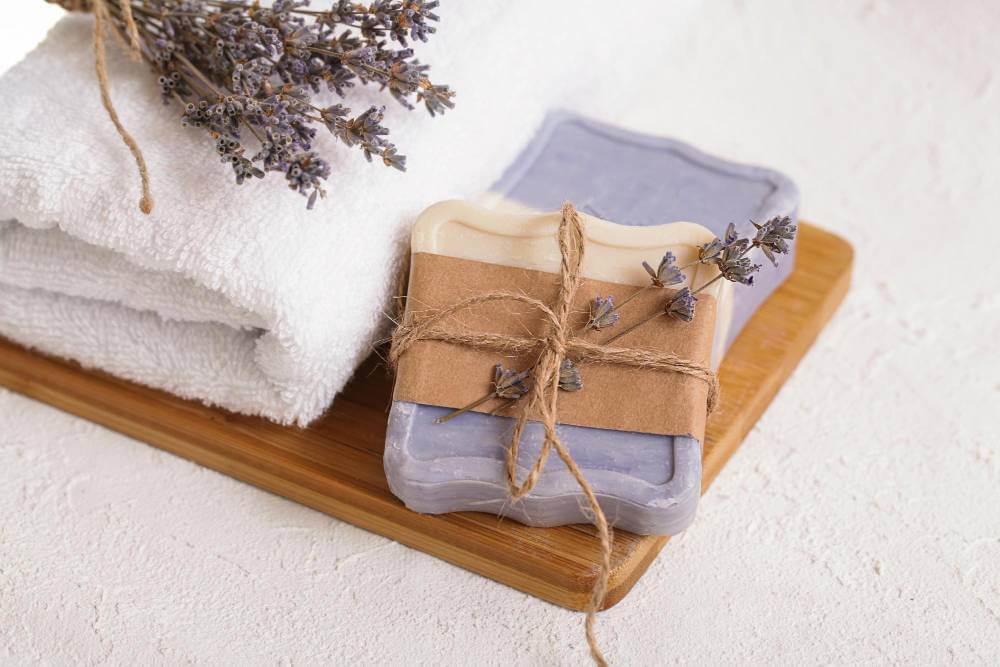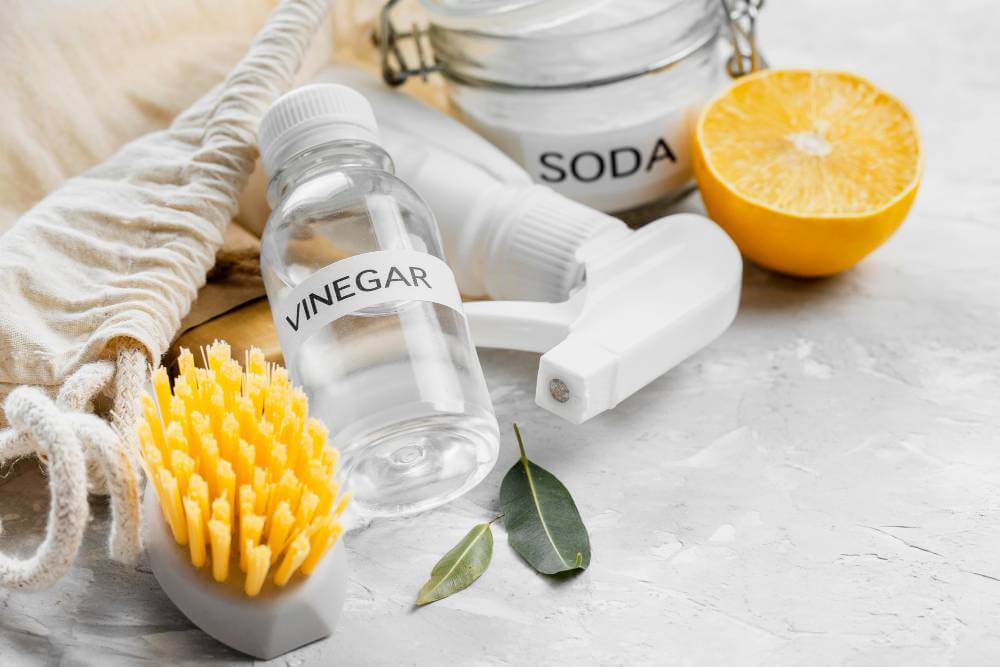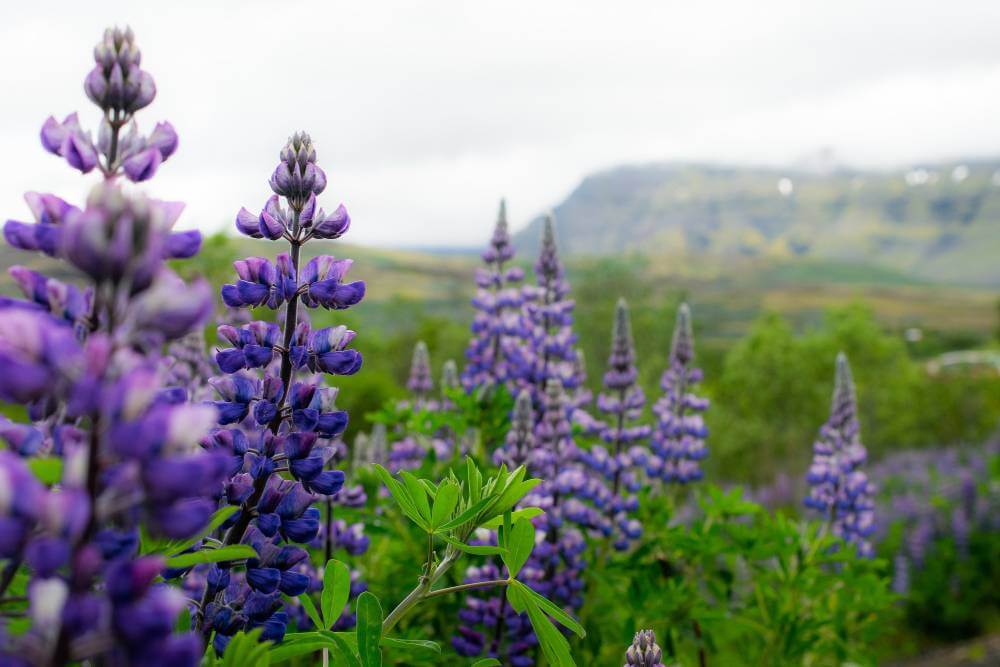Hey there! Welcome back to my little corner of the internet where we’re diving deep into all things herb gardening. Today, we’re tackling one of the most common topics that crop up this time of year – herb garden harvests! Whether you’re a seasoned gardener or just starting out, I’ve got all the answers to your burning questions about harvesting those flavorful beauties. So, grab a cup of tea, and let’s get started!
When is the Best Time to Harvest Herbs?
When exactly should you pluck those precious herbs from your garden? Well, my friend, the answer depends on the type of herb you’re dealing with. Some herbs, like basil and cilantro, are best harvested when they’re young and tender, just before they start to bolt and go to seed. Others, like rosemary and thyme, can be harvested throughout the growing season as needed. The key is to keep an eye on your herbs and harvest them when they’re at their peak flavor and aroma.
How Should I Harvest Herbs?
Now that you know when to harvest, let’s talk about how to do it properly. Rule number one – always use sharp, clean scissors or pruning shears to avoid damaging your plants. When harvesting leafy herbs like parsley or mint, snip off the outer leaves or stems, leaving the inner growth intact to continue growing. For woody herbs like sage or oregano, you can cut entire stems or branches from the plant, being careful not to remove more than one-third of the plant’s total growth at once. And remember, the more you harvest, the bushier your herbs will become, so don’t be shy about giving them a trim!
What Should I Do with Herb Flowers?
The delicate dilemma of herb flowers – to pluck or not to pluck? Well, my dear gardener, that depends on your goals. If you’re growing herbs for their leaves and stems, it’s generally best to pinch off any flower buds as soon as they appear. This encourages the plant to put its energy into leaf production rather than flowering. However, if you’re growing herbs for their flowers or seeds, like lavender or dill, then by all means, let those blooms shine! Just be aware that allowing your herbs to flower may change their flavor and texture, so adjust your harvest and culinary plans accordingly.
Can I Harvest Herbs After They Flower?
Absolutely! While it’s ideal to harvest herbs before they flower to capture the peak of their flavor and aroma, you can still harvest them after flowering occurs. Just keep in mind that the flavor may be slightly different, and the texture may be tougher, especially in leafy herbs like basil or cilantro. To minimize any loss of flavor or texture, try harvesting early in the morning when the plants are hydrated and their essential oils are at their peak concentration. And remember, it’s always better to harvest late than never at all!
How Should I Store Freshly Harvested Herbs?
The age-old dilemma of what to do with all those freshly harvested herbs. Fear not, dear reader, for I have a few tricks up my sleeve to help you make the most of your herbal bounty. First and foremost, it’s essential to handle your herbs with care to preserve their flavor and aroma. After harvesting, gently wash the herbs in cold water to remove any dirt or debris, then pat them dry with a clean kitchen towel or paper towel. Once dry, you can store the herbs in a few different ways, depending on your preference and how soon you plan to use them.
How Can I Encourage Continuous Harvests?
The holy grail of herb gardening – continuous harvests! While it may seem like a lofty goal, there are a few tricks you can use to keep the harvests coming all season long. One strategy is to practice staggered planting, where you sow seeds or transplant seedlings at regular intervals throughout the growing season. This ensures a steady supply of fresh herbs as older plants are harvested and new ones take their place. Another option is to pinch or prune your herbs regularly to encourage bushier growth and prevent them from bolting too quickly. And don’t forget to fertilize and water your herbs regularly to keep them happy and productive. With a little planning and TLC, you’ll be enjoying fresh herbs from your garden year-round!
Can I Dry Herbs for Later Use?
Absolutely! Drying herbs is a fantastic way to preserve their flavor and aroma for future use. There are a few different methods you can use to dry herbs, depending on your available space and equipment. One popular method is air drying, where you hang bunches of herbs upside down in a warm, dry place with good airflow. Another option is to use a dehydrator, which gently removes moisture from the herbs while preserving their flavor and nutrients. And if you’re short on time, you can always use the microwave or oven to speed up the drying process. Once dried, store your herbs in airtight containers away from heat and light for maximum freshness.
What Should I Do with Overgrown Herbs?
If you find yourself with more herbs than you know what to do with, fear not, for there are plenty of ways to put those extra greens to good use. One option is to share the bounty with friends, family, or neighbors who might appreciate some fresh herbs in their kitchen. You can also get creative in the kitchen and whip up batches of pesto, herb-infused oils, or herbal vinegars to preserve your harvest for later use. And if all else fails, you can always dry or freeze your excess herbs for future culinary adventures. Just remember, there’s no such thing as too many herbs – only too little creativity!
What Should I Do with Herbs That Have Gone to Seed?
So, you’ve neglected your herbs for a bit too long, and now they’ve gone to seed – it happens to the best of us! But fear not, dear gardener, for all is not lost. While it’s true that herbs that have gone to seed may not be as flavorful or tender as their younger counterparts, they still have plenty of uses in the kitchen. You can harvest the seeds for culinary use or save them for planting next season. Additionally, many herbs produce beautiful flowers when they go to seed, which can attract pollinators to your garden and add a pop of color to your landscape. And if you’re feeling adventurous, you can always let your herbs go wild and see what surprises nature has in store for you. After all, a little chaos in the garden can be a beautiful thing!
Wrapping Up
And there you have it, folks – everything you need to know about harvesting herbs like a pro! I hope this guide has answered all your burning questions and inspired you to get out there and enjoy the fruits (or should I say, herbs) of your labor.
If you found this post helpful, be sure to check out my other posts for more herb gardening tips and tricks. Happy harvesting!







